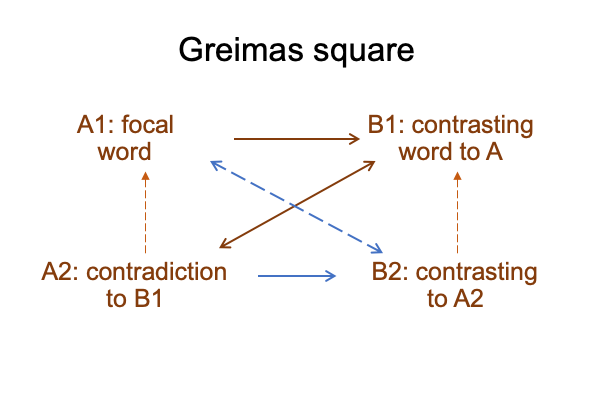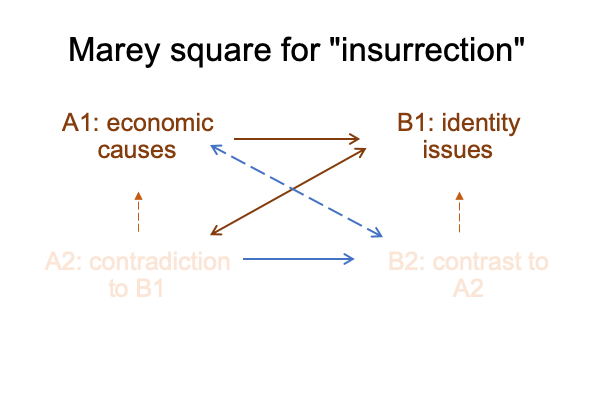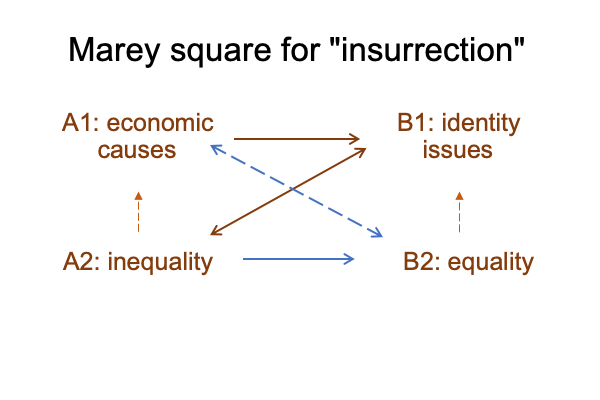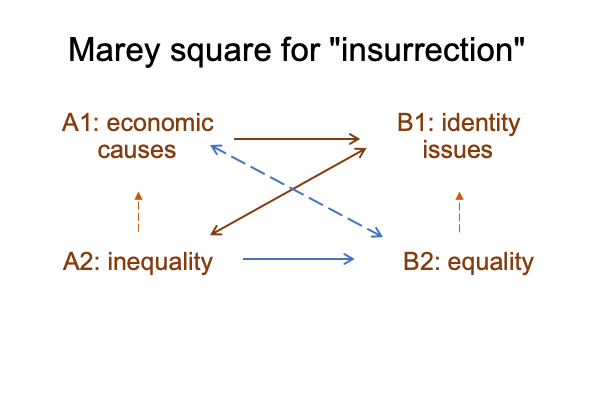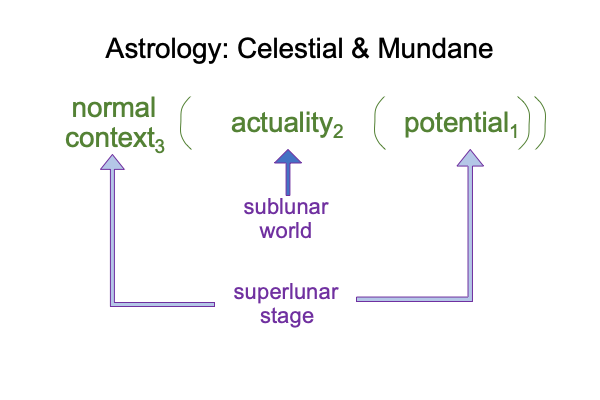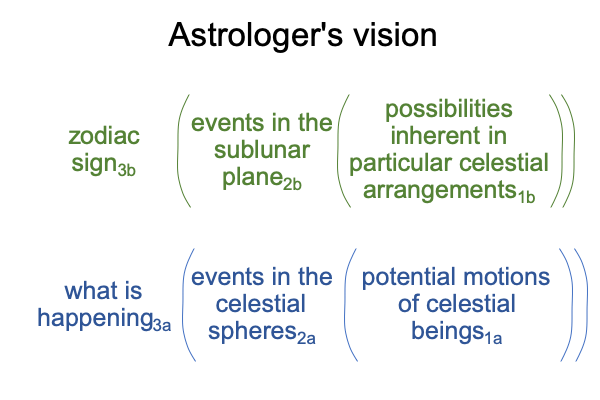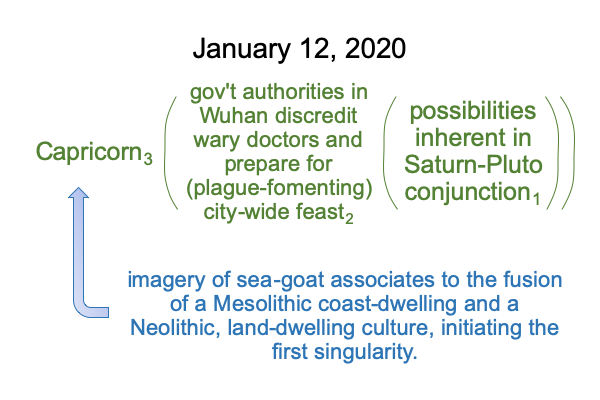Evolution and the Fall (Part 1)
0001 In the December 2018 issue of Perspectives on Science and Christian Faith, Amos Yong reviews the compilation, Evolution and the Fall, edited by William T. Cavanaugh and James K. A. Smith (2017, Eerdmans: Grand Rapids, MI, ISBN: 9780802873798).
0002 The book is the product of a three year initiative asking the following if-then question:
(A) If humanity emerges from nonhuman primates, as suggested by genetic, natural historical and archaeological evidence…
(B) …then what are the implications for Christian theology’s traditional account of origins, especially the origin of humanity (B1) and of sin (B2)?
0003 To this question, I attend.
0004 First, the masterwork, The Human Niche, proposes that the ultimate human niche is the potential of triadic relations (B1). Triadic relations are independent of genes and the environment of evolutionary adaptation. Even though these play roles in the actualization of triadic relations, they do not alter the nature of the relations (A).
Triadic relations explain why archaeological evidence exists in the first place (B1, A). Physical evidences are signs of human evolution, to the beholders, that is, ourselves. Obviously, we are adapted to look for and to participate in sign-processes. Signs are one type of triadic relation.
0005 Second, the masterwork, An Archaeology of the Fall, dramatizes the coming to awareness of a recent twist in human evolution (B1 and B2). Our current Lebenswelt is not the Lebenswelt that we evolved in. I call the transition: the first singularity. The first singularity begins around 7821 years ago. It leaves a fairy tale trace.
0006 The hypothesis of the first singularity (B1 and B2) raises novel questions concerning our current living world (B2). What is this the nature of our current Lebenswelt (B2)?

